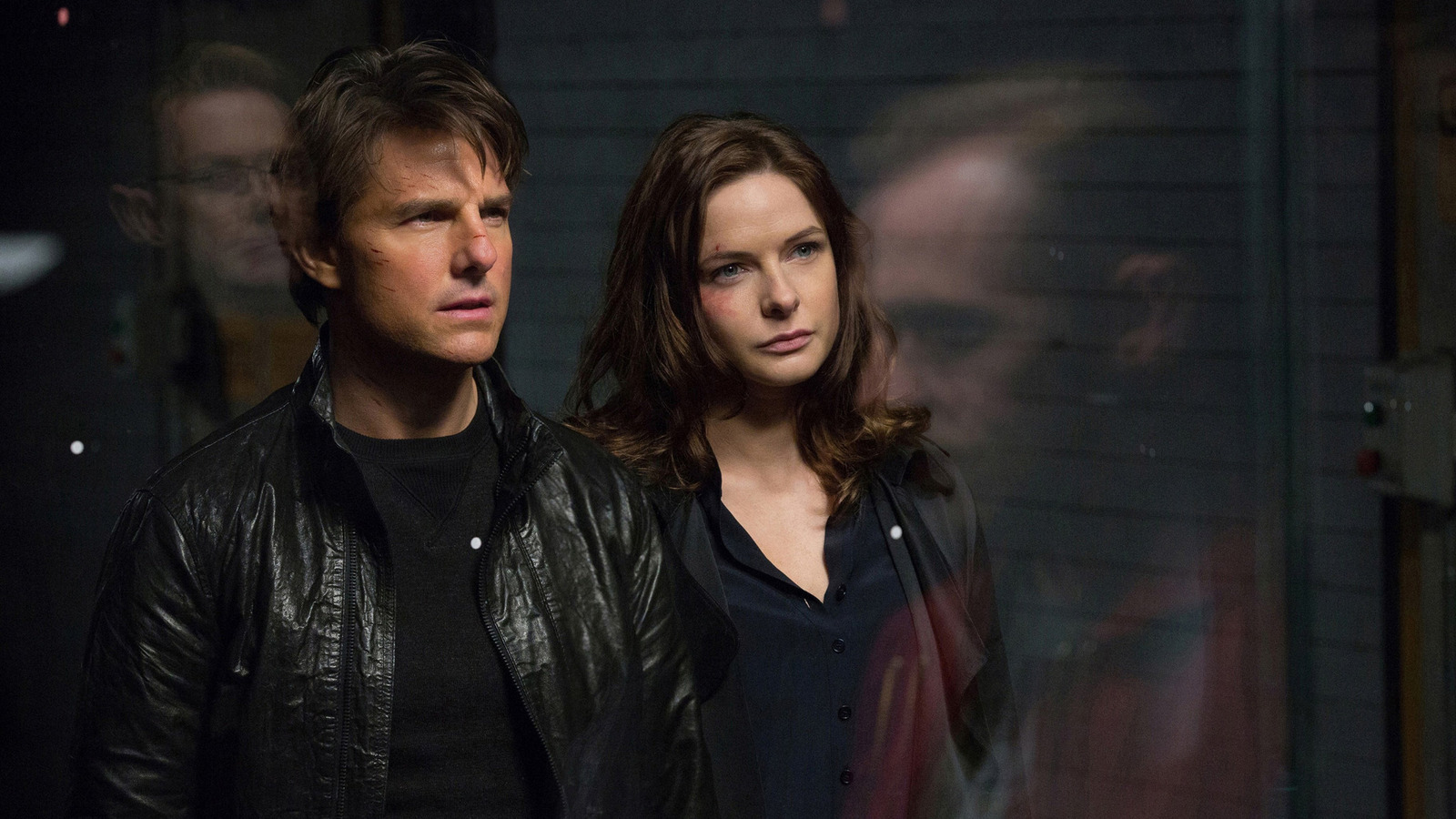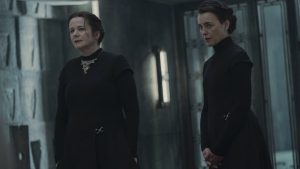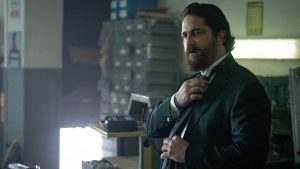
Tom Cruise Revolutionized the Climax of Mission: Impossible Rogue Nation with a Clever Idea
By Witney Seibold
Christopher McQuarrie’s 2015 action juggernaut “Mission: Impossible – Rogue Nation” stands out not just as the fifth installment in the franchise but as a meticulously crafted masterpiece. It takes a surprising approach to the typical action movie narrative, kicking off with a jaw-dropping stunt sequence and concluding with an unexpected scene of dialogue where characters gather at a table to strategize how to neutralize a bomb attached to a colleague. Despite this unconventional ending, the tension throughout the film is palpable, with every moment in the film’s grand finale feeling progressively smaller yet somehow ramping up the adrenaline.
Consider the film’s opening—you may recall Tom Cruise’s heart-stopping stunt as he clings to the side of a real aircraft during takeoff, an act that required him to wear specialized contact lenses just to keep his eyes wide open against the fierce winds. For those arriving late to the theater, that spectacular moment would have been missed. Yet “Rogue Nation” swiftly maintains its momentum, unraveling a complex tale involving the resourceful Ethan Hunt (Cruise), a clandestine group of terrorists, and the enigmatic Isla Faust (Rebecca Ferguson).
Cruise has always played a hands-on role in the production of his major films. Although he may not pen scripts or helm the camera, he exerts significant influence over the narrative, casting choices, and overall artistic direction. This was particularly true for the pivotal table scene in “Rogue Nation.” During a 2022 podcast episode of “Light the Fuse,” the film’s creative team revealed that they faced challenges during the editing process. Despite their best efforts, McQuarrie and editor Eddie Hamilton struggled to make the climactic scene gel. It was Cruise’s inspired suggestion that ultimately brought clarity and cohesion.
The magic ingredient? Music.
In the film editing process, temp tracks—provisional musical pieces used to gauge the mood and flow of scenes—play a crucial role. These can include scores from previous films or well-known classical compositions. However, filmmakers sometimes become too attached to these temporary pieces, leading to a homogeneity in film scores. In the case of “Rogue Nation,” McQuarrie noticed that the climax felt cluttered, suffering from a lack of continuity. After the critical moment involving Benji (Simon Pegg) and the ticking bomb, the film shifted to a chasing sequence at the Tower of London, followed by a scene that appeared to ensnare Ethan in a bulletproof cage. Although each segment was effective individually, McQuarrie felt the film was at risk of ending several times.
Cruise, who was actively involved in the editing, proposed that allowing the music to play continuously would sustain the film’s tension. He pointed out that if the score remained in play, viewers would stay engaged. In McQuarrie’s own words: “In the first cut of ‘Rogue Nation,’ test audiences mentioned it felt like the movie had multiple conclusions. The feedback suggested cutting down on the finale’s extra material. But Tom said, ‘No, no, no, just keep the music going. The temp track makes it feel like the movie has wrapped up prematurely.’ He encouraged composer Joe Kramer to create a 20-minute score that would seamlessly accompany the final two reels as an uninterrupted sequence. The result? The test screenings showed a significant improvement, and the concerns disappeared.”
This insight from Cruise was invaluable, resulting in a climactic sequence that resonates beautifully with audiences. A round of applause is definitely in order for this crucial adjustment.



